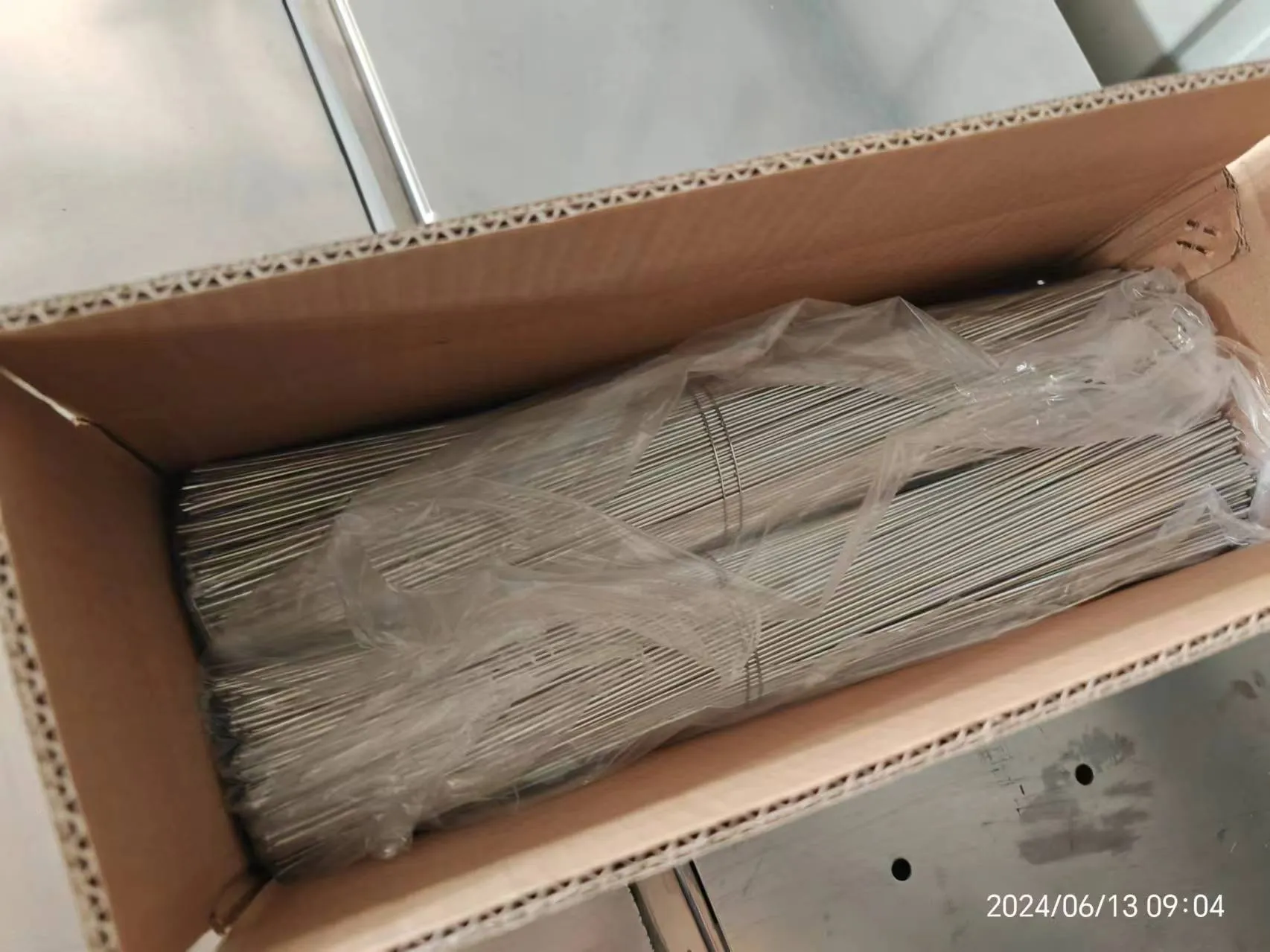

Trade tariffs and international trade agreements also play a role in pricing. Restrictions or tariffs on raw materials or finished goods can cause price shifts to protect domestic industries or retaliate against international trade policies. Keeping abreast of such developments can aid in predicting price changes. A critical but often overlooked factor is transportation costs. The logistics involved in shipping large quantities of heavy materials like iron wire are considerable. Fuel costs, transportation infrastructure, and labor charges all contribute to the final price. Businesses located near major transportation hubs may enjoy cost advantages over those in remote areas. Finally, market competition among manufacturers and suppliers impacts pricing strategies. Companies with established reputations and extensive networks may offer competitive pricing without compromising on quality or service. New market entrants may adopt aggressive pricing to gain market share, affecting overall price dynamics. In conclusion, while predicting the exact pricing trajectory of electric iron wire can be challenging due to numerous influencing factors, understanding these variables can provide a strategic advantage. Industry professionals must consider material costs, technological advancements, market demand, trade policies, logistics, and competitive landscapes to make informed purchasing decisions. By keeping these elements in mind, businesses can navigate the complex market landscape with confidence and optimize their procurement strategies for electric iron wire.

















